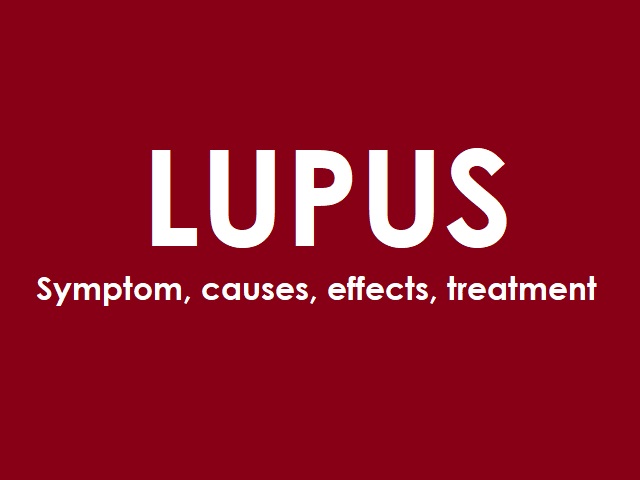5 Signs You Have Atherosclerosis -- Symptoms, Causes, Effects, Treatment and Prevention
Atherosclerosis is a chronic condition characterized by the build-up of plaque in the arteries, leading to the narrowing and hardening of the blood vessels. It is a major underlying cause of various cardiovascular diseases, including heart attack and stroke.
Symptoms of Atherosclerosis
In the early stages, atherosclerosis may not cause noticeable symptoms. However, as the condition progresses, it can lead to:
- Chest pain or angina: This may occur when the arteries supplying the heart become narrowed, reducing blood flow to the heart muscle.
- Shortness of breath: When the arteries supplying the lungs are affected, it can result in difficulty breathing.
- Fatigue: Reduced blood flow to the muscles and organs can lead to feelings of fatigue and weakness.
- Numbness or weakness in the legs: Atherosclerosis in the arteries of the legs may cause pain, cramping, or aching in the calf muscles during physical activity, known as intermittent claudication.
- Erectile dysfunction: Atherosclerosis can affect the arteries supplying blood to the genitals, resulting in difficulties with sexual function in men.
Diagnosis of Atherosclerosis
Atherosclerosis is typically diagnosed through a combination of medical history evaluation, physical examination, and diagnostic tests, including:
- Cholesterol and lipid profile: Blood tests can assess the levels of cholesterol and other lipids in the bloodstream, which can indicate the presence of atherosclerosis.
- Cardiac stress test: This test evaluates the heart's performance during physical activity to assess blood flow and identify any areas of reduced blood supply.
- Angiography: This imaging test involves injecting a contrast dye into the blood vessels and taking X-ray images to visualize any blockages or narrowing.
- Doppler ultrasound: This non-invasive test uses sound waves to assess blood flow through the arteries and identify any areas of blockage or reduced blood flow.
Causes of Atherosclerosis
The exact cause of atherosclerosis is not fully understood, but several factors contribute to its development:
- High cholesterol and triglyceride levels: Elevated levels of low-density lipoprotein (LDL) cholesterol ("bad" cholesterol) and triglycerides can contribute to the formation of plaque in the arteries.
- High blood pressure: Uncontrolled high blood pressure can damage the inner lining of the arteries, making them more susceptible to plaque formation.
- Smoking: Tobacco smoke damages the arteries and accelerates the development of atherosclerosis.
- Diabetes: Individuals with diabetes have an increased risk of developing atherosclerosis due to high blood sugar levels damaging the blood vessels.
- Inflammation: Chronic inflammation, often associated with conditions such as obesity or autoimmune diseases, can contribute to the development of atherosclerosis.
Effects of Atherosclerosis
Atherosclerosis can have severe consequences on cardiovascular health. It can lead to:
- Coronary artery disease: Atherosclerosis affecting the coronary arteries can result in chest pain, heart attack, or heart failure.
- Stroke: Atherosclerosis in the arteries supplying the brain can cause a blockage, leading to a stroke.
- Peripheral artery disease: Reduced blood flow to the extremities due to atherosclerosis can result in pain, infections, and tissue damage.
Treatment and Prevention of Atherosclerosis
Treatment and prevention strategies for atherosclerosis aim to manage risk factors and reduce the progression of the condition. They may include:
- Lifestyle changes: Adopting a healthy lifestyle, including a balanced diet, regular physical activity, smoking cessation, and weight management, can help lower the risk and slow the progression of atherosclerosis.
- Medications: Cholesterol-lowering medications (statins), blood pressure medications, and antiplatelet drugs may be prescribed to manage underlying risk factors and prevent complications.
- Procedures: In cases of severe blockages, procedures such as angioplasty with stenting or coronary artery bypass grafting (CABG) may be performed to restore blood flow to the affected arteries.
- Management of co-existing conditions: Effective management of conditions such as diabetes, high blood pressure, and obesity is essential in preventing and managing atherosclerosis.
References:
Mayo Clinic. (2021). Atherosclerosis. Retrieved from https://www.mayoclinic.org/diseases-conditions/atherosclerosis/symptoms-causes/syc-20350569
National Heart, Lung, and Blood Institute. (2020). Atherosclerosis. Retrieved from https://www.nhlbi.nih.gov/health-topics/atherosclerosis
American Heart Association. (2021). About Atherosclerosis. Retrieved from https://www.heart.org/en/health-topics/cholesterol/about-cholesterol/atherosclerosis














